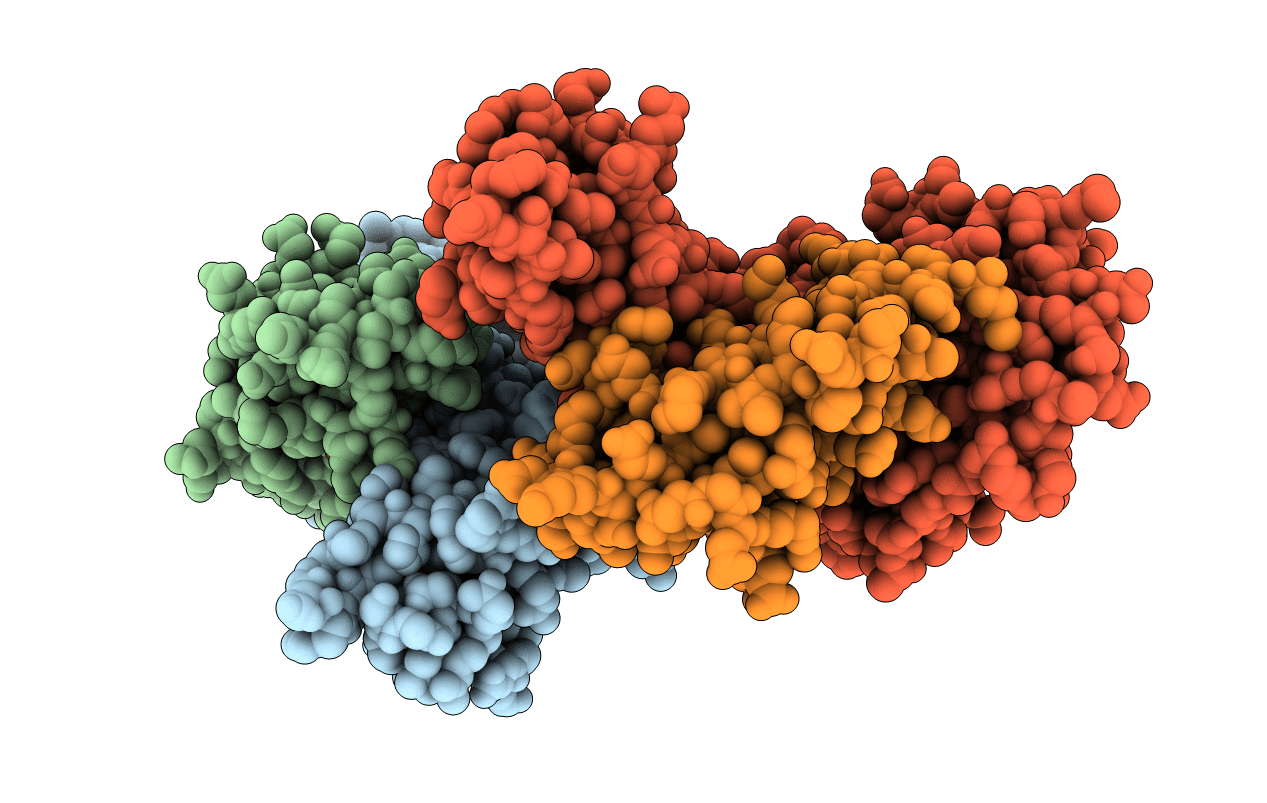
Deposition Date
2020-06-04
Release Date
2021-06-30
Last Version Date
2024-07-10
Entry Detail
PDB ID:
6Z9X
Keywords:
Title:
Human Class I Major Histocompatibility Complex, A02 allele, presenting LLS (t-butyl)Y FGTPT
Biological Source:
Source Organism:
Homo sapiens (Taxon ID: 9606)
synthetic construct (Taxon ID: 32630)
synthetic construct (Taxon ID: 32630)
Host Organism:
Method Details:
Experimental Method:
Resolution:
2.68 Å
R-Value Free:
0.24
R-Value Work:
0.18
R-Value Observed:
0.18
Space Group:
C 1 2 1


